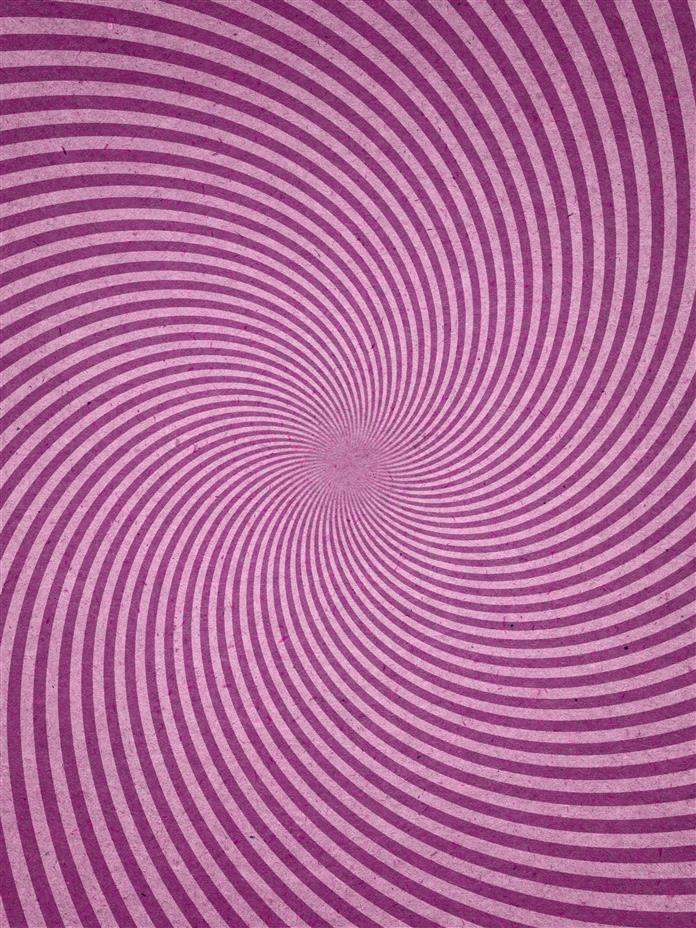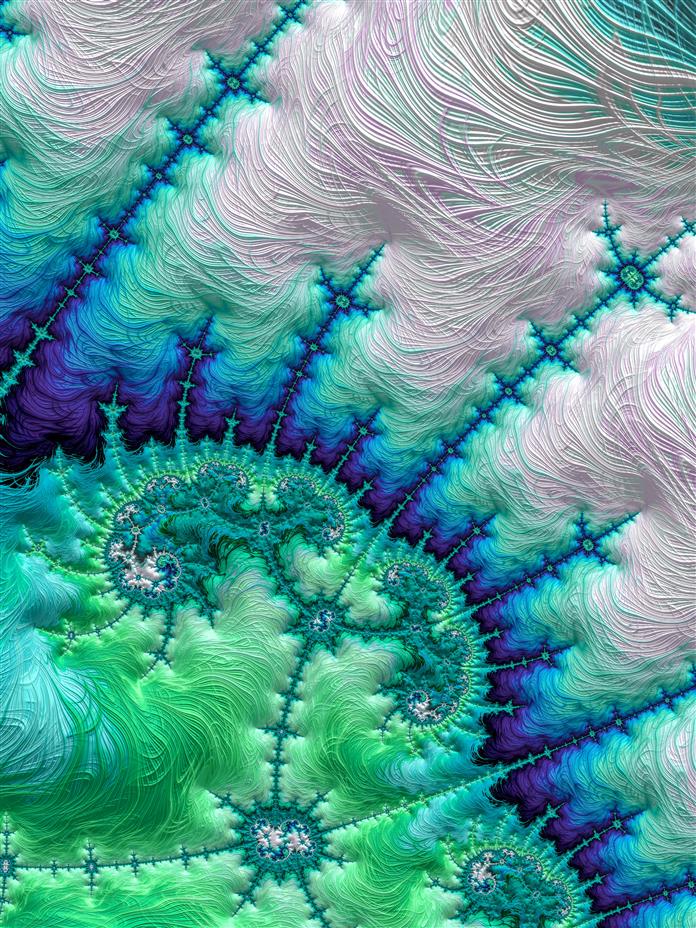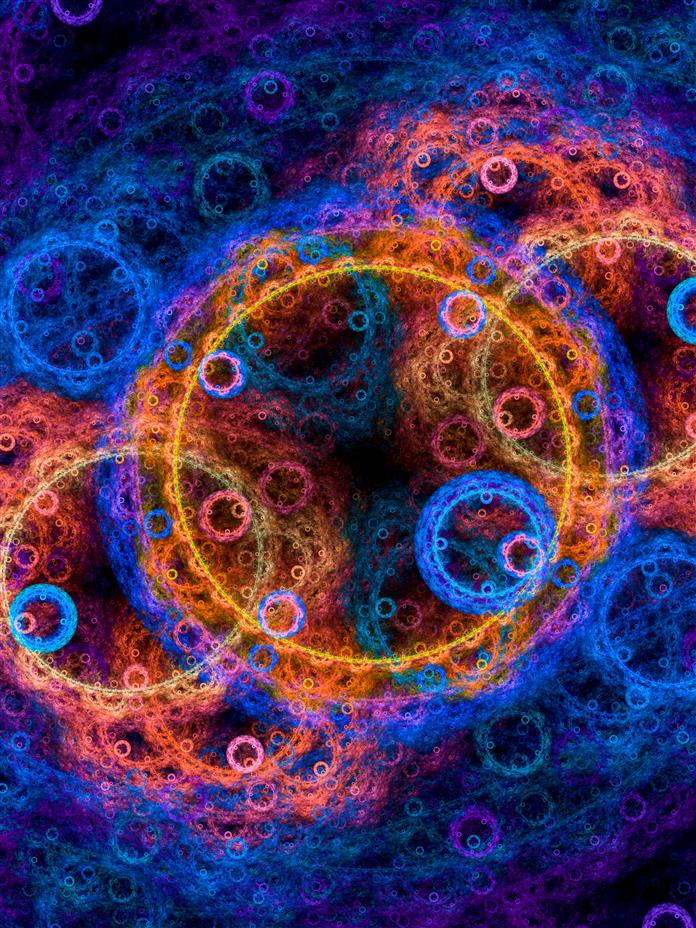Commonly, skin discoloration is caused by spending a lot of time under the sun. However, the same may also be caused by certain underlying medical disorders or diseases. Here are the other causes of the condition, its main symptoms, and some treatments.

Tap to Read ➤
Discoloration of Skin
Madhurjya Bhattacharyya


Commonly, skin discoloration is caused by spending a lot of time under the sun. However, the same may also be caused by certain underlying medical disorders or diseases. Here are the other causes of the condition, its main symptoms, and some treatments.

Discoloration of skin can be a major cosmetic problem for most, especially when it affects the conspicuous regions of the body. In most people, unprotected sun exposure happens to be the offender. But the same may affect even those who take proper protection from the sun. In such cases, skin discoloration could be associated with medical problems.

The Offenders

Birthmarks:
Sometimes, skin is discolored from the time of birth in shades of brown and red. The exact reasons are still unknown, but at times they are related to deformities in blood vessels.

Moles:
Moles are brownish black blemishes and they are formed when there is coagulation of melanin, the natural pigment of the skin.

Age Spots:
Usually these appear on the face, hands and chest and is mainly caused due to aging. Several people mistake them for freckles. Age spots are irregular and larger in shape than freckle spots

Melasma:
They are stains on chest and face, brown in color and are commonly found in women in the latter half of pregnancy or in those on birth control pills. In this case discoloration is caused due to increased production of hormones which in turn increases the production of melanin pigment. When this pigment settles unevenly in the skin, it causes discoloration.

Vitiligo:
A very rare condition, vitiligo results in total loss of skin pigment. People suffering from pernicious anemia, improper functioning of adrenal glands or thyroid disorders are most susceptible to this skin problem.

Symptoms and Diagnosis
Discoloration of skin can be pretty unattractive, but the best part is you can easily get rid of it. You don't need to go through expensive laser surgery neither do you have to face irritation caused by chemicals. However, you would first have to consult a dermatologist for an exact diagnosis of the condition.
Facial Skin

Facial skin is one of the most prominent feature of our personality and its discoloration does cause everyone to worry.

Discoloration of the face can be due to several reasons, the most common being, excess exposure to sunlight, aging, harmful effects of pollution, unhealthy diet and improper lifestyle.

At times, skin appears darker due to the overproduction of melanin, causing patchy skin. If it is discolored due to these reasons, you can get rid of these by cosmetic remedies like bleaching agents, but get it done by a professional. Also, diseases may be one of the reasons and if after taking proper care, you don't see any change, consult a dermatologist.

Skin on the Neck
The main reason for discolored skin on the neck is overexposure to UV radiation. This is an area where melanin is accumulated in excess. The best way avoid this is to wear a sunscreen, if you intend to go out in the Sun for an extended period. However, if spots have already started developing, then you need to apply a corrective cream.

If you are using a cream to prevent skin discoloration make sure it deals with melanin and should contain antioxidants to protect the skin against free radicals. It can happen due to a skin disease called acanthosis nigricans. This skin disease causes thickening and darkening of certain areas where the skin folds or creases, such as neck, armpits or groin.

The skin of a person getting acanthosis nigricans would become dark, thick, and velvety. The skin color would become brown or tan in color. Usually adults who are overweight and diabetic are prone to this condition. Cure for acanthosis nigricans has not been found yet, but it has been found that losing weight can to an extent reduce the condition.

Skin on the Back
The most common reason for skin discoloration on back is scleroses diabeticorum. Though rare, diabetic people are prone to this condition. It causes the skin to thicken and discolor due to the increased cross linking of collagen. Controlling your blood sugar level helps treat this condition. There are lotions and moisturizers that help in skin softening.

Discolored Skin between Legs
Discoloration of skin between legs shouldn't be a cause of worry. It is that region of the body where skin is darker than other parts. Usually discolored skin between legs is due to accumulation of sweat which may cause sweat dermatitis.

However, if the area is affected by rashes or itching, it may be due to some infection, especially fungal infection. In such a case, it's advisable not to scrub the area often as scrubbing would help infection spread to new areas. Moreover, you should keep the areas clean and prevent sweat.

Treatment Plan
Avoid Skin Discoloration

It is easy to avoid skin discoloration. The vital precaution you can take is to keep your skin moisturized. You can do so by consuming more raw fruits and vegetables. Also pay attention to nutrients such as vitamins that are important to the skin.

One way of avoiding skin pigmentation, induced by fungal infection is to use lactic acid which you can get from yogurt. Chewing a few cloves of ginger daily eliminates pathogens which may cause this skin problem. Drink plenty of water and reduce the quantity of sugar and white floor in your diet.

Home Remedies
- Apply a paste of tomato, cucumber juice and sandalwood powder on the discolored part and leave it for 20-30 minutes.

- Raw potatoes, finely grated or juiced work well for this purpose. When applied to the skin for 30 minutes as a mask, the bleaching agents in it help restoring the natural skin color. Follow this remedy for 15 days, twice a day.

- Applying fresh lime juice to the affected part of the skin and washing it off after 20-25 minutes can also be useful in getting rid of the discolored skin. Another way of using lemon for this skin condition is to rub its peel on the discolored skin 2 times a day.

Discoloration of skin can be due to several reasons, but you should make it a point to follow a healthy diet and maintain a proper health routine so as to prevent discolored skin.

Disclaimer:
The information provided is solely for educating the reader. It is not intended to be a substitute for the advice of a medical expert.